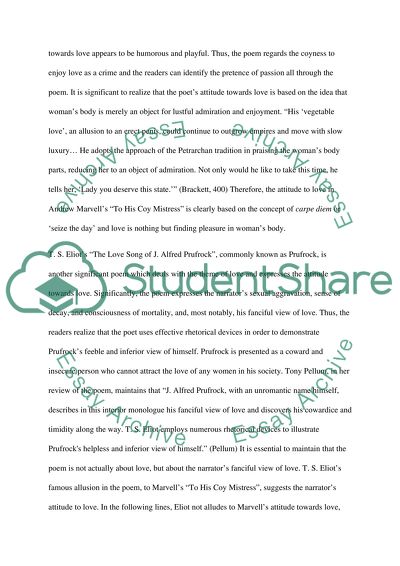Cite this document
(“Attitude to Love Essay Example | Topics and Well Written Essays - 1750 words”, n.d.)
Retrieved from https://studentshare.org/literature/1430107-attitude-to-love-can-be-changed
Retrieved from https://studentshare.org/literature/1430107-attitude-to-love-can-be-changed
(Attitude to Love Essay Example | Topics and Well Written Essays - 1750 Words)
https://studentshare.org/literature/1430107-attitude-to-love-can-be-changed.
https://studentshare.org/literature/1430107-attitude-to-love-can-be-changed.
“Attitude to Love Essay Example | Topics and Well Written Essays - 1750 Words”, n.d. https://studentshare.org/literature/1430107-attitude-to-love-can-be-changed.


